The leg movement can be restricted due to the condition that will be the focus of this article and it is called bone spur in the knee. Osteophyte is the medical term that is associated with this problem, which is actually extra bony growth located over the bone structure.
Locations on which it usually develops are hands, heels, shoulders, and neck, but it can occur in every part of the body. Older people usually suffer from bone spurs located in the knee. The knee cap, or the patella, lower leg, or tibia, and upper leg bone, or femur are three parts of the knee joint and they give knee bone structure stability. In the knee, we also have ligaments, tendons, and muscles. The problem we are talking about may not develop symptoms but over time, it will become bigger, start rubbing on surrounding tissue and cause serious pain.
- Retrospective cohort study included 434 cases (363 patients) treated with a total knee replant using a Press-Fit-Condylar (P.F.C.(®)Sigma(®)) prosthesis. The occurrence of HO in radiograph after a follow-up period of 11.2 ± 2.4 months was correlated in a regression model with a variety of influencing factors.
- 21 patients (4.8 %) developed heterotopic ossifications, all located in the area of the distal femur.
- The only risk factor found concerning the development of HO was osteoarthritis when compared to rheumatoid arthritis (OR = 4.07, 95 % CI 1.18-14.05; p = 0.0201) and postoperative wound healing problems (OR = 11.32, 95 % CI 3.26-39.33; p = 0.0001).
- Notching (OR = 2.22, 95 % CI 0.92-5.36; p = 0.0765) and osteophyte forming (hypertrophic) arthrosis (OR = 2.40, 95 % CI 0.97-5.95; p = 0.0596), however, were associated with the development of a bony spur in the contact area of the femoral component of the prosthesis.
Causes
This problem causes great pressure, which further results in stretching and rubbing of the knee joint and wearing out of the cartilage. And all of this causes the development of the bone spurs, which are created by the body in order to prevent additional damage to the cartilage and repair the damage done. The bone spur can be caused by osteoarthritis.
Some other causes of the problem are obesity, aging, lack of physical activity, nutritional deficiency, poor posture, knee injury and buildup of calcium. Middle-aged persons suffer most from these causes and bone spurs in the knees.
Treatment
In the early stage of this problem, no symptoms will be present and this creates no need for treatment. But once the rubbing of the spur with tendons, ligaments and nerves begins, the problem starts. The symptoms can vary and they determine the course of the treatment. Rest is needed if the problem is causing mild pain. Also, the use of stretching exercises, anti-steroidal anti-inflammatory, and ice pack application will be needed.
The pain can be reduced and the bone spur growth can be stopped with the steroid administration done by the doctor. Stress on the knee will be great if the patient is overweight, so these patients need to reduce body mass. Surgery is done for most serious cases and it is considered a last resort.
Only healthy patients are candidates for this surgery, which requires rehabilitation and physical therapy afterward. This will bring back the knee flexibility. You can try acupressure, acupuncture, massage therapy, or some other alternative treatment method. So, try to consume calcium, exercise, have healthy body weight, and eat properly in order to prevent the problem. See a doctor immediately if you are having a problem with a bone spur in the knee or other location.


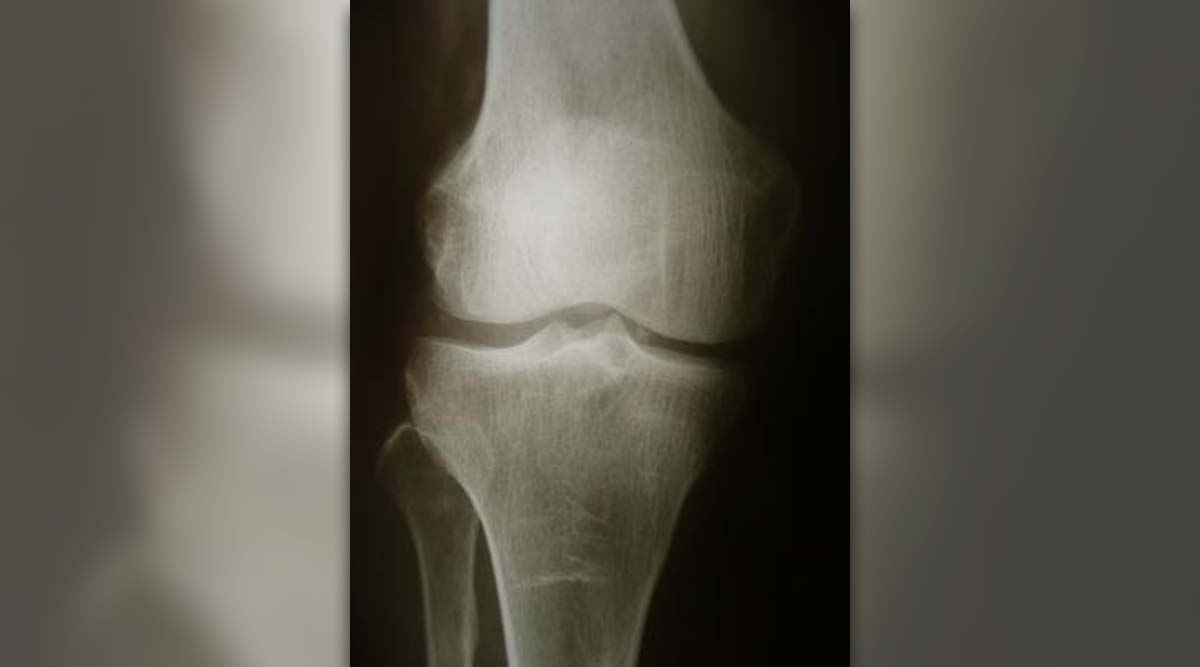






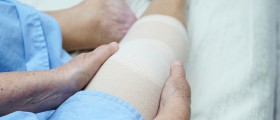




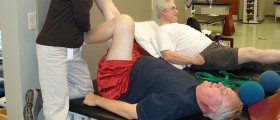
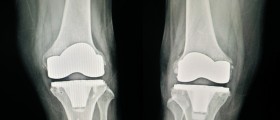
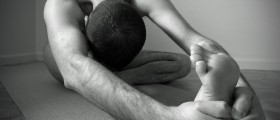

Your thoughts on this
Loading...